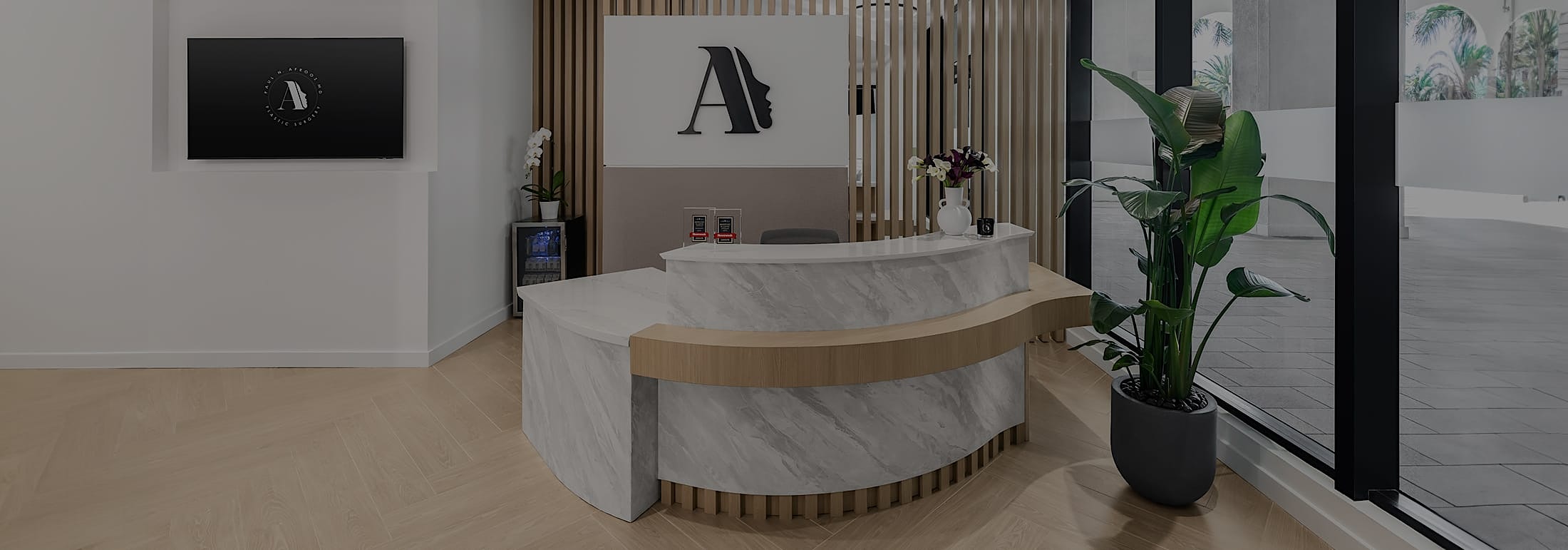When it comes to facelift surgery, achieving beautiful, natural-looking results hinges on the details—particularly the unique anatomy of each individual’s face. Facelift surgery is not a "one-size-fits-all" approach; the technique chosen is heavily influenced by factors such as skin type, bone structure, fat distribution, and muscle tone.
Dr. Paul N. Afrooz, a distinguished cosmetic surgeon certified by the American Board of Plastic Surgery, is known for his personalized approach. With an advanced understanding of facial anatomy and a commitment to excellence, Dr. Afrooz tailors each procedure to address his patients' specific aging patterns and structural needs, ensuring harmonious and natural results.
In this blog, we will explore how facial anatomy affects facelift techniques, highlighting the anatomical features that shape surgical planning. We will also discuss why an experienced, anatomy-driven approach like Dr. Afrooz’s is essential for achieving balanced, long-lasting results.
Key Facial Anatomical Features Impacting Facelift Technique
The choice of facelift technique varies based on several aspects of a patient's anatomy, each influencing the surgeon's approach:
- Skin Thickness and Elasticity: Patients with thin, delicate skin may require gentler lifting techniques to prevent overstretching and achieving an unnatural appearance. In contrast, individuals with thicker skin can often achieve more dramatic results but may need a deeper approach for longer-lasting effects.
- Fat Distribution: Facial fat pads significantly impact facial contour, particularly in the cheeks. Those with well-preserved cheek fat might not need volume restoration, while individuals experiencing significant fat loss in this area may benefit from a mid-facelift or additional fat grafting to regain youthful fullness.
- Musculature (SMAS Layer): The superficial musculoaponeurotic system (SMAS) layer, which consists of tissue and muscle supporting the face, often loosens with age. Facelift procedures typically target this layer to create a natural lift and avoid a "pulled" appearance, as merely tightening the skin will not result in lasting improvements.
- Bone Structure and Jawline: Bone structure is the foundation of facial appearance. For instance, a strong jawline may respond well to a mini facelift, whereas someone with a softer or weaker jawline might require a more extensive technique to achieve a well-defined contour and address sagging in the lower face.
Types of Facelift Techniques Tailored to Facial Anatomy
The best surgeons customize facelift options to meet patient's unique anatomical needs and aesthetic goals. Here’s an overview of common facelift techniques and the factors that make them suitable for specific patients:
Mini Facelift
- This technique is ideal for individuals showing early signs of aging
- A mini facelift focuses on the cheeks and jowls with a minimally invasive approach
- Patients with mild skin laxity and good bone structure often benefit from this option, as it typically involves shorter treatment times and faster recovery
Mid-Facelift
- Best suited for patients displaying signs of aging in the midface, this technique lifts and repositions sagging tissue around the cheeks and nasolabial folds
- A mid-facelift restores volume to the midface region, making it an excellent choice for those with notable folds or volume loss in their cheeks
Lower Facelift
- For patients experiencing sagging in the jawline, jowls, or neck, a lower facelift is the most effective option
- It provides a defined jawline and smoother neck by addressing laxity in the lower face
- This technique works well for those with a fuller lower face or significant neck sagging
Deep Plane Facelift
- Considered one of the most comprehensive facelift options, the deep plane facelift targets deeper layers of muscle and tissue, offering substantial lifting
- It is suitable for patients with advanced signs of aging who require long-lasting support across the mid and lower face
- This technique is particularly effective for those with complex facial structures and pronounced sagging
SMAS Facelift
- The SMAS facelift targets the superficial musculoaponeurotic system (SMAS) layer for enhanced muscle support, resulting in improved structure and definition
- This approach is ideal for those seeking natural-looking results anchored in the deeper layers of the face rather than relying solely on skin tightening
How a Surgeon Assesses Facial Anatomy for Facelift Planning
During a consultation, a surgeon carefully evaluates the patient's anatomy to determine the most effective approach for their procedure. This assessment allows the surgeon to recommend the appropriate technique. Some may even use imaging technology to create detailed maps of the face, which helps them better understand the underlying anatomy and envision the most flattering and effective outcomes.
For instance, if a patient has significant skin laxity and a weak jawline, the surgeon might suggest a deep plane facelift to achieve a sculpted, balanced appearance. Conversely, a mini or mid-facelift may yield optimal results for patients showing early signs of aging with minimal volume loss.
Choose a Surgeon Who Prioritizes Anatomy as the Foundation of Personalized Aesthetic Results
Understanding how facial anatomy influences facelift techniques is crucial for achieving beautiful, natural-looking results. By customizing the approach to each individual's unique structure, a skilled surgeon can create a balanced, youthful appearance that enhances natural beauty.
Dr. Paul N. Afrooz is certified by the American Board of Plastic Surgery and brings exceptional expertise in facial anatomy to every facelift procedure. His meticulous approach and dedication to quality ensure that each technique is tailored to align with the patient’s distinctive features, resulting in a balanced and naturally rejuvenated appearance.
If you’re considering a facelift, the first step in your rejuvenation journey is to consult with an experienced surgeon like Dr. Afrooz. He will evaluate your facial anatomy and recommend the best technique suited to your specific needs. Contact us today to get started!


